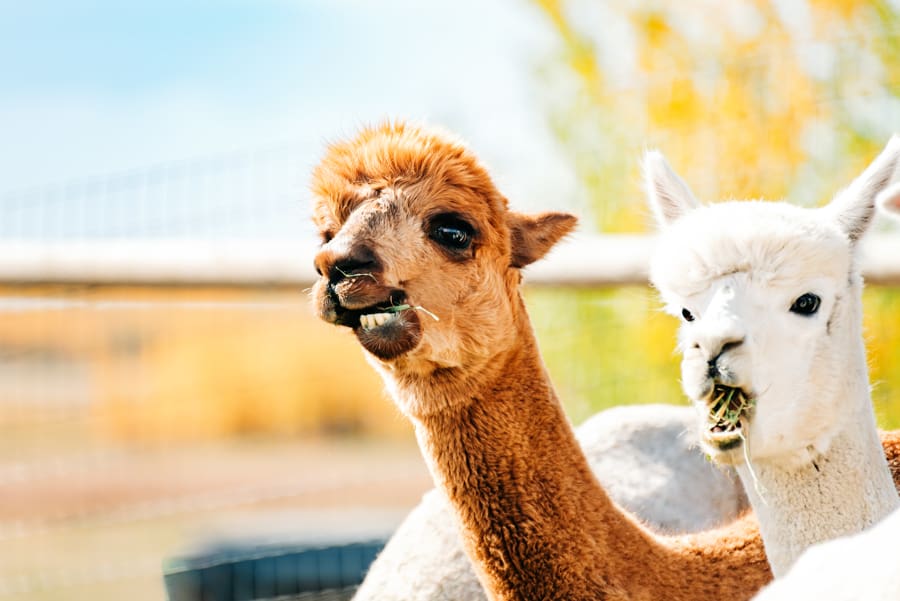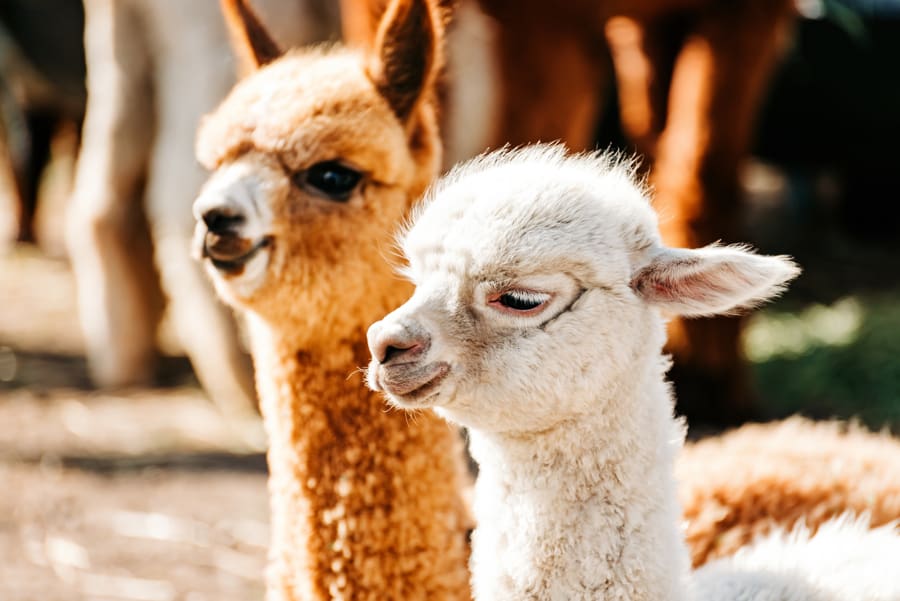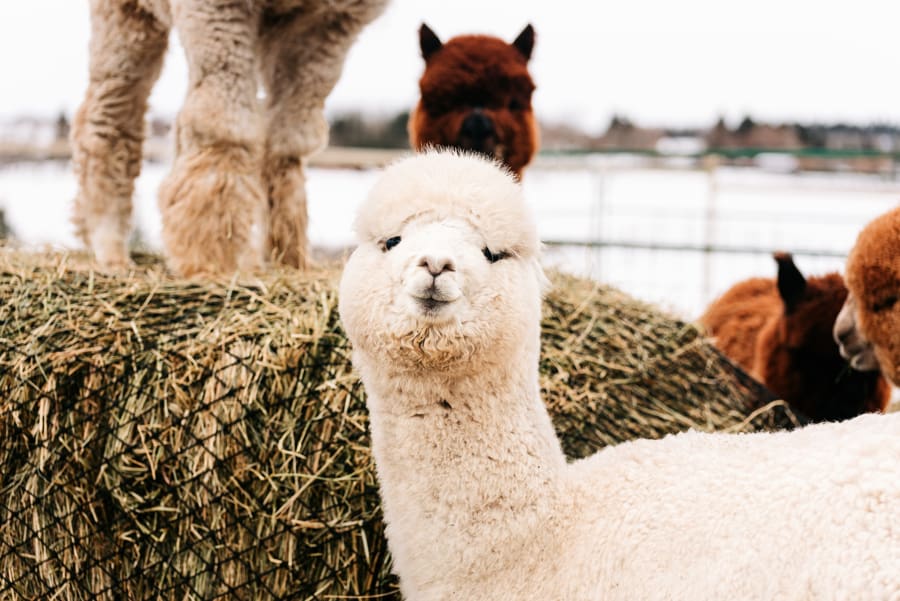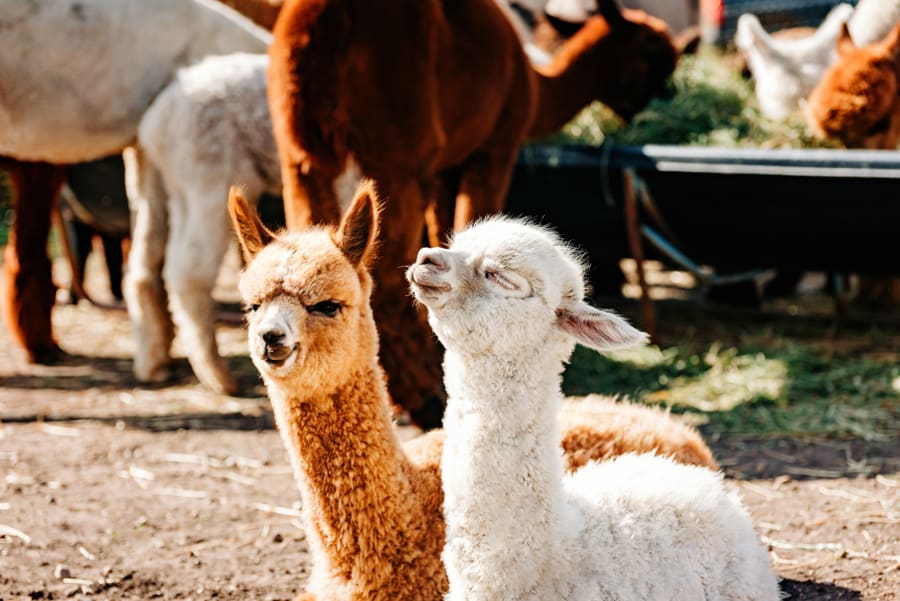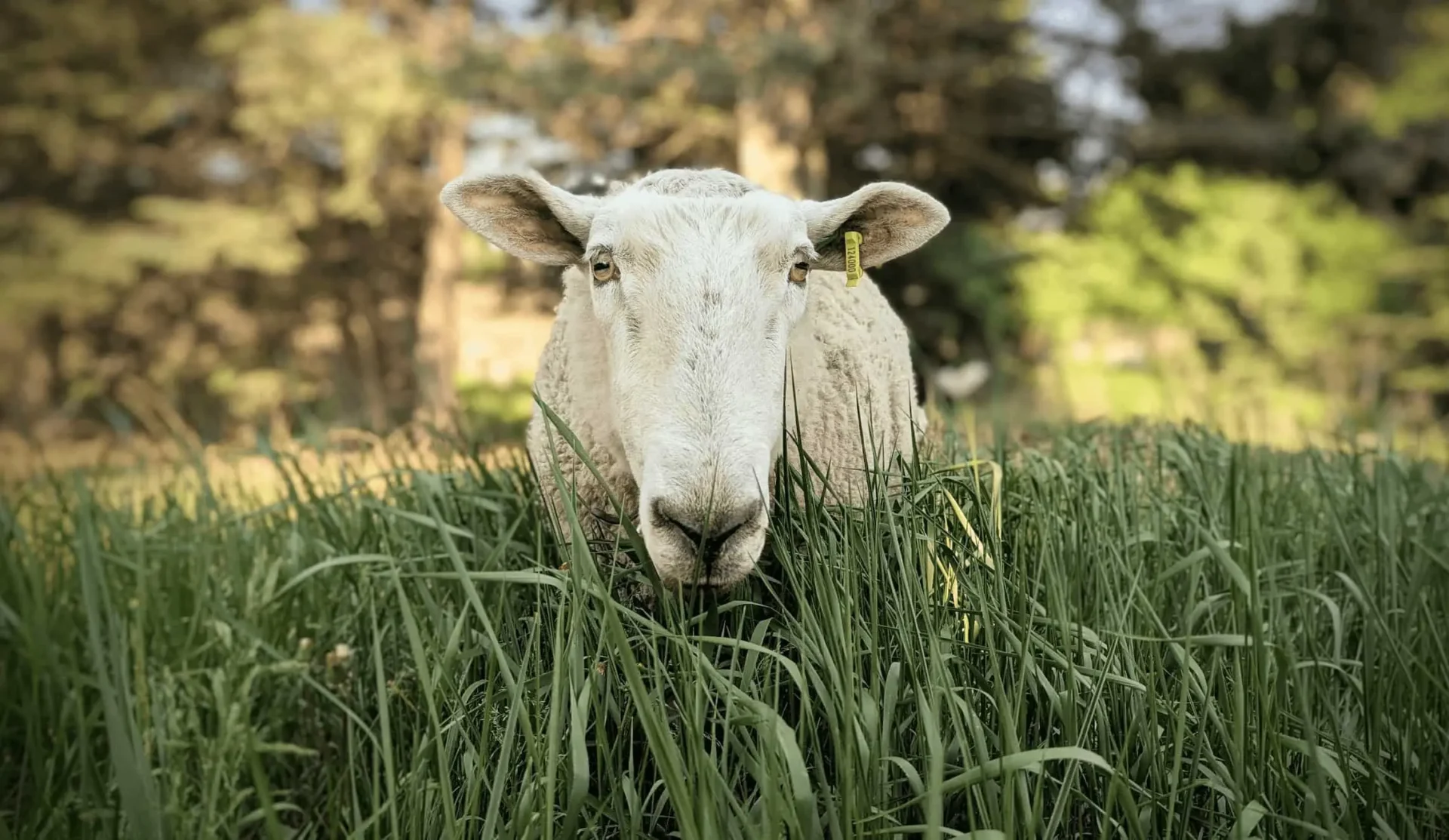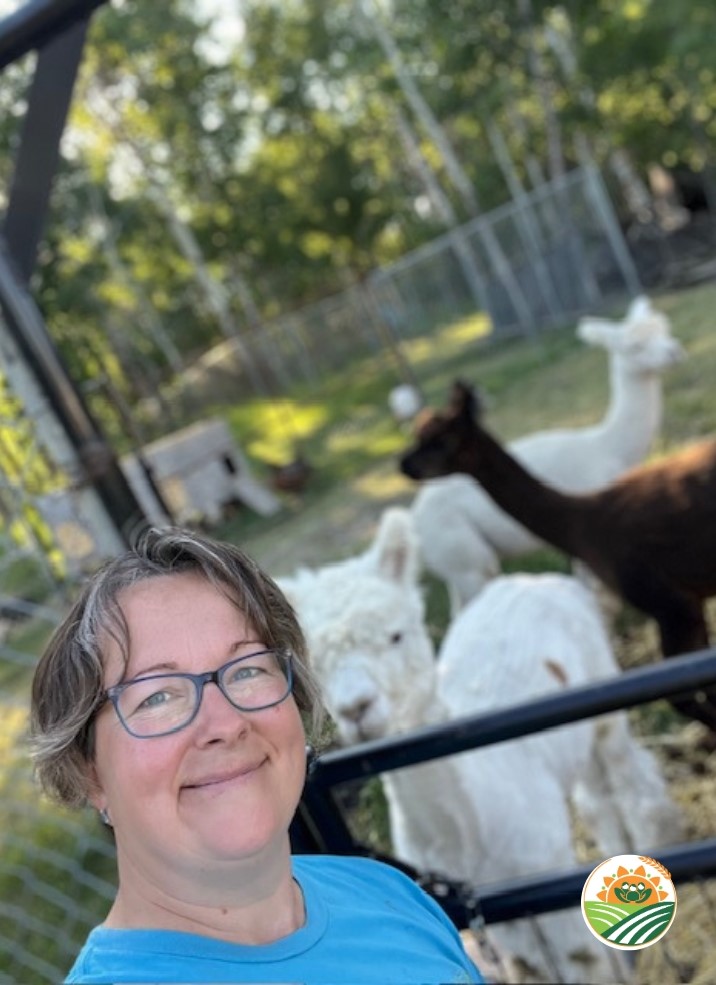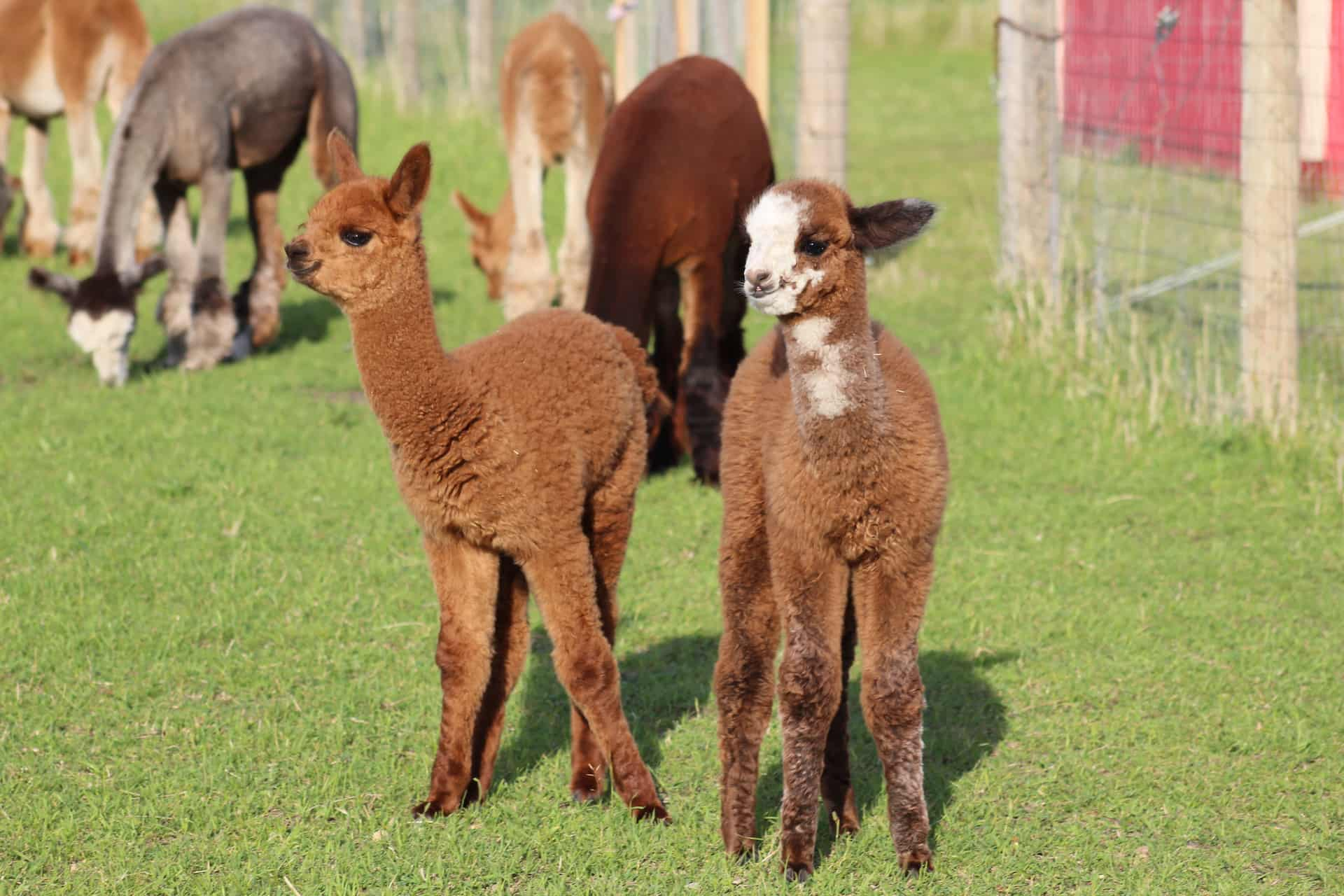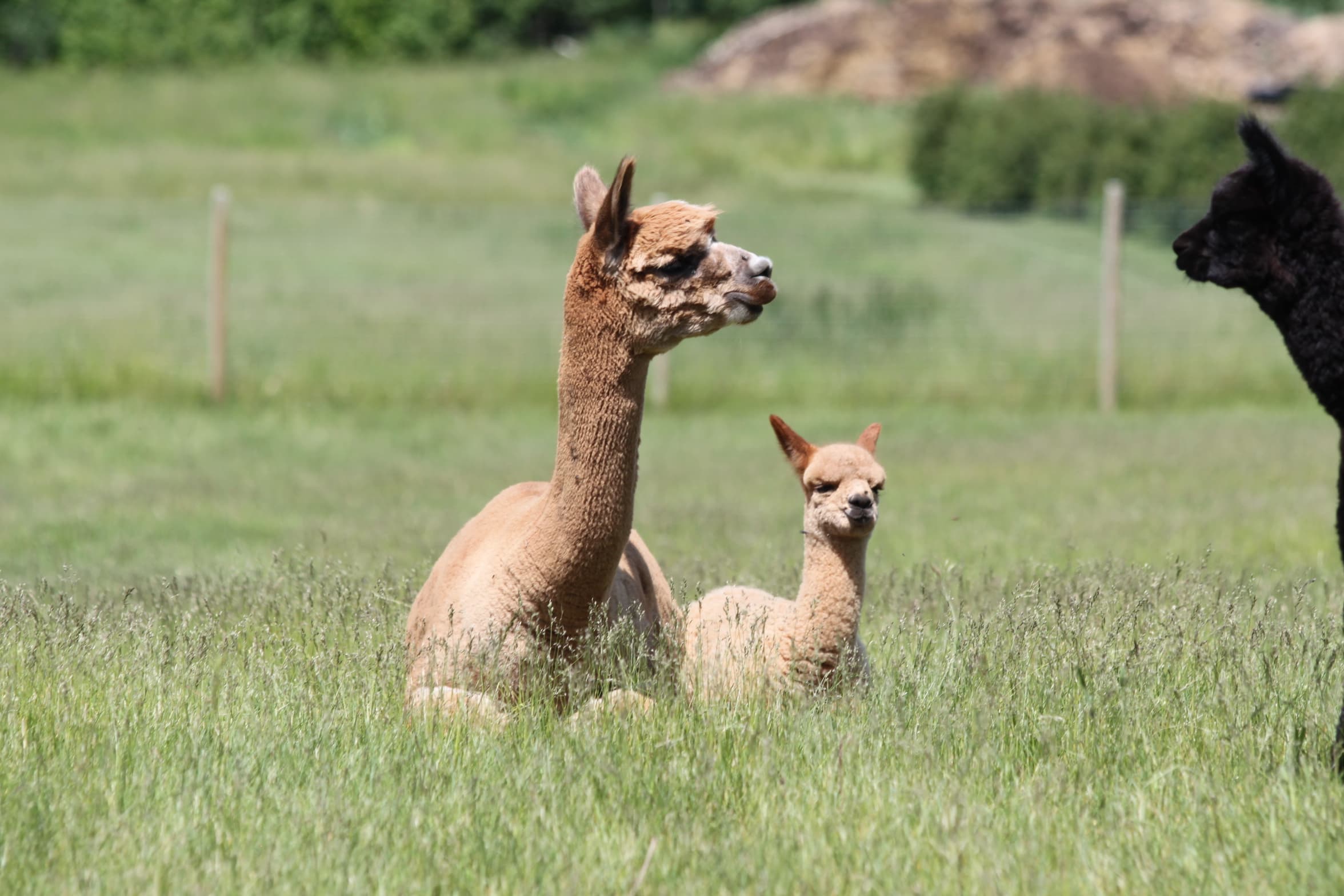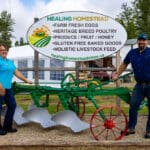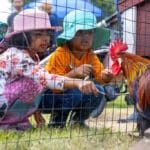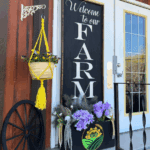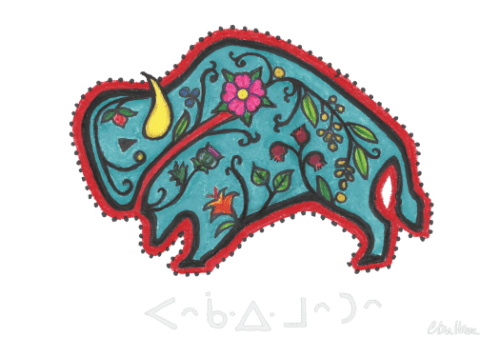
2025
water
The Lifeblood of Every Farm
Based on the 2021 Census of Agriculture, there were 472 Alberta farms reporting bison (buffalo), and accounted for 48 per cent of the Canadian total (989 farms).
The total number of bison (buffalo) on Alberta farms were 65,405 head, accounting for 44 per cent of the national total (149,539 head).
Western Canada is home to 92 per cent of farms reporting bison in Canada, and 97 per cent of the national herd (149,539 head).
Alberta leads the nation in farmed bison inventories (65,405 head), followed by Saskatchewan (52,860 head), British Columbia (14,888 head), and Manitoba (11,725 head).
 07.18.25
07.18.25Rooted in Stewardship: The Arboretum at Trochu’s Water-Wise Journey
Rooted in Stewardship: The Arboretum at Trochu’s Water-Wise Journey Nestled along North Road in Trochu, Alberta, The Arboretum at Trochu spans 3.5 acres of…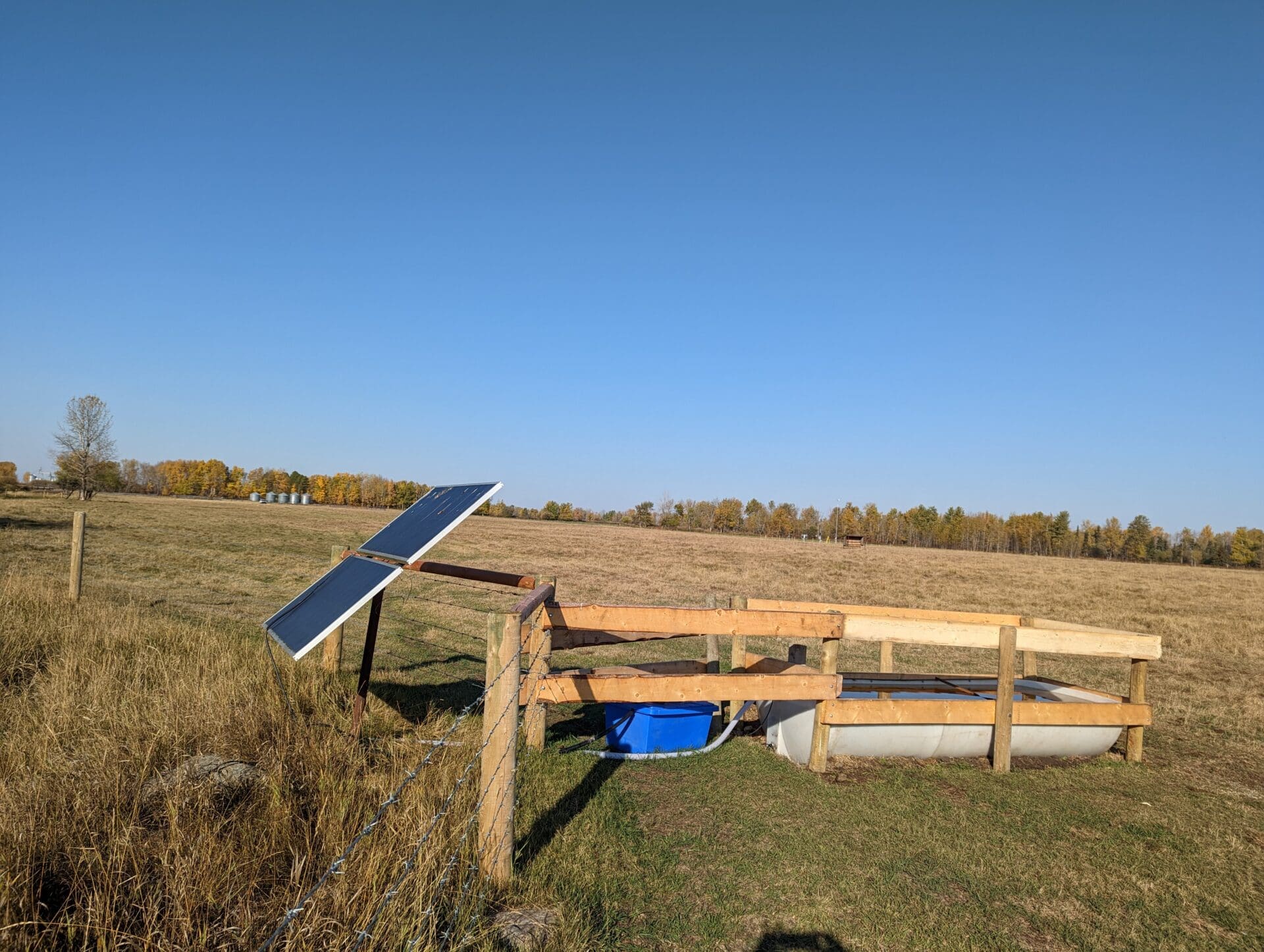 07.07.25
07.07.25Water as Our Witness: How the County of Barrhead Lives With, Learns From, and Looks After Its Water
Water as Our Witness: How the County of Barrhead Lives With, Learns From, and Looks After Its Water In the County of Barrhead &…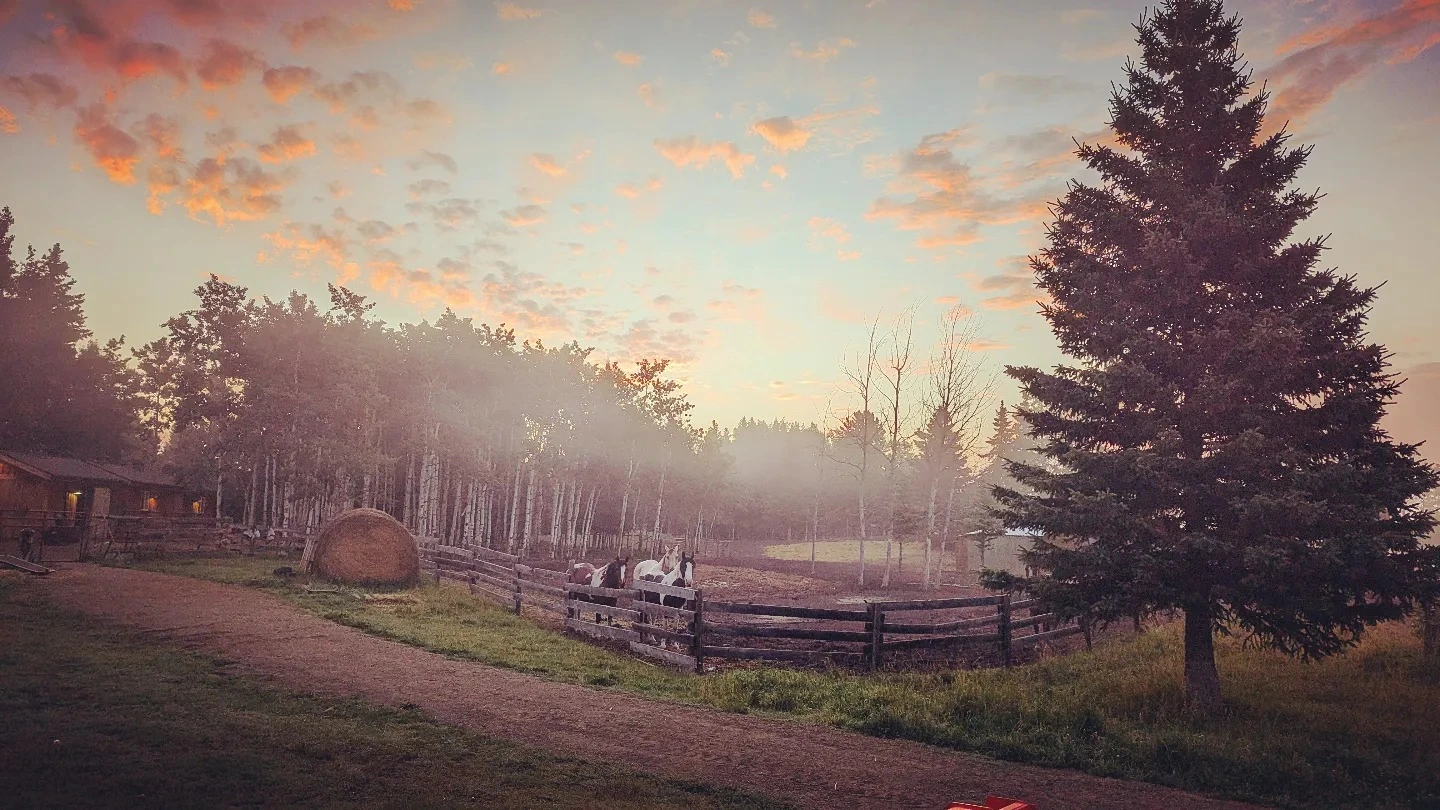 06.12.25
06.12.25Every Drop Matters: How Providence Lane Homestead Protects Their Wetlands
Every Drop Matters: How Providence Lane Homestead Protects Their Wetlands When you look at a map of Canada, it’s hard not to notice the… 06.12.25
06.12.25Holding Every Drop: How Water Shapes Life and Livelihood on Hartell Homestead
Holding Every Drop: How Water Shapes Life and Livelihood on Hartell Homestead When you step onto Hartell Homestead, nestled in the foothills of Alberta,…
Alpaca and Llama Experiences
Add
to Trip
Aurora Alpacas
In or near: AB, Alberta, Sturgeon County, Sturgeon County, AB

 m
m
Aurora Alpacas is a family-owned alpaca ranch on 80 acres.
We purchased our 1st two alpacas in 2017 and since then, we have produced National, Supreme and Color Champions, which we are extremely proud of. Currently we have 28 alpacas with 9 cria (babies) expected this summer.If you are curious about alpacas & the amazing fiber products and how they are produced come visit us to learn & experience this unique livestock firsthand. Learn to love alpacas like we do by getting a chance to:
- ask questions and gain 1st-hand knowledge about what makes alpacas so unique
- take photos and watch them in the pasture and up close
- handle fiber shorn from the alpaca this past spring, and samples from the various stages of processing fiber into yarn
- watch spinning/weaving demonstrations
- visit the market to purchase alpaca products, yarn and alpaca novelty items
 Pets are not allowed on the farm. Please leave your pets at home.
See more information below.
Pets are not allowed on the farm. Please leave your pets at home.
See more information below.
Add
to Trip
Backroad Farmhouse
In or near: St. Paul & area
Welcome to Alberta Open Farm Days.
We are so excited to be opening up our farm to all of you.
We can't wait to show you our piece of heaven, the coffee roaster and what we do to create our coffees. We will have a variety of coffees available for purchase and can accept cash, debit and credit cards. Our 400g bags are available for $18.00 and include our Sealegs Sumatran, Country Roads Columbian, Beans Brazillian, and others as well. We will also have our signature flavours Murphy's Irish Cream, Kilts on Grogg and some new flavours to welcome to the line up; these 200g bags are available for $12.00. Family is very important to us, so come and meet ours.- Learn about how we roast coffee and about how beans are classified based on where they are grown and much much more.
We will have lots of games for the kids, coffee samples and some tasty treats from our friends at Twisted Fork; a farm to table restaurant in our community.
We can't wait to see you all at the farmhouse on Saturday, August 16th.
Add
to Trip
Healing Homestead
In or near: Parkland County



 h
h
 p
p
 r
r
Open Farm Day Schedule of Events
- Meet at the Tent every hour for a tour and Q & A session.
- Enjoy the sights and sounds of the open fresh country air, listen to the roosters crow, pet our friendly goats and Alpacas while sampling some delicious baked goods.
- Gluten Free Bakeshop, Good Morning Honey Products, Rooster Roaster Coffee, Farmers Market, BC Fruit Stand
- Take a stroll through our Forest where you can see Chickens, Ducks, Turkeys, Peacocks and even a Dinosaur too!
- Lemonade/ Slushies, Coffee, Ice Cream Treats available for purchase

Add
to Trip
Lone Pine Ranch B & B & Bale
In or near: Wildwood/Yellowhead County


Add
to Trip
Providence Lane Homestead
In or near: Cochrane, Dogpound, Water Valley
 c
c
 i
i

 m
p
r
s
m
p
r
s

Welcome to our frontier!
Providence Lane Homestead is a small-scale regenerative farm located just 45 minutes northwest of downtown Calgary. Since 2019, we have been Canada's only dedicated fibre farm to be certified Animal Welfare Approved by A Greener World. With our flock of endangered heritage breed Border Leicesters - the breed was featured in the movie "Babe" - and a small troop of alpacas, we use our flerd to carefully manage the land we steward, including eight hectares of untouched native prairie, a small outpost in a critically-endangered prairie ecosystem. We believe in building community and have worked extensively with many partners, including the University of Calgary, the Alberta University of the Arts, Emily Carr University of Art + Design as well as our amazing conservation partners like MultiSAR and Cows and Fish as well as other community members (we call them our fibre friends) like our amazingly supportive handspinners and weavers, artists, makers and more. We prioritize climate resilience and rare breed conservation as we work hard to raise our heritage breed sheep in an environment where they will not only thrive, but they'll also become a critical part of building healthy soil, water and carbon cycles. As much as we can be, we are an inclusive environment and welcome guests from every walk of life. For those of our guests who may require a quiet Sensory Space, we are pleased to provide an opportunity to ground yourself, catch your breath and re-establish your equilibrium. Please ask us and we will be happy to point you in the right direction! During Open Farm Days, join us at Providence Lane Homestead on Saturday,- we will be showcasing a raw fleece-to-finished rug weaving process in a single day with our friends from Traceable Textiles in Edmonton - watch them as they skirt and sort one of our raw fleeces, spin it into yarn and then weave it into a richly-textured rug, all in a single day! The resulting rug will be part of our silent auction with proceeds to be donated to one of our provincial conservation organizations.
- we will have real-life archaeologists with us from 10 a.m. until noon. Meet our very dear friends Sam Judson, Masters student with the University of Calgary's archaeology department, and Brendan Many Bears of the Siksika Nation, a member community of the Blackfoot Confederacy and Treaty 7. We are so excited and privileged to host these two incredible people as they guide participants on a land-based walking tour showcasing the importance of water to all Albertans, from the distant past all the way through today! Many Indigenous communities consider water a source of life. Learn how water shaped the land and the people who call Alberta home, since time immemorial.
- Browse our "Down The Lane" marketplace with a range of wool and sheep-based items from Marty Lynn Designs and including yarns from our own alpacas, finished garments, hand-made sheep's milk soap and more.
- "Down the Lane" market will still be open - come say high to Jillian and watch her at work with her knitting machine!
- join us for fibre demonstrations with Shannon, one of our weavers from Traceable Textiles. Shannon will show how to prep a fleece for spinning and with her hand carders and table loom, guests will be able to take a turn trying their hand at this ancient technology and craft.
- a guided tour of our riparian (wetland) zones with our friend Maddy from Cows and Fish Riparian Management Society. Learn how we use sheep to regeneratively manage these vital and delicate ecosystems. Maddy will be leading tours from 11 a.m. until 1 p.m.
- needle-felt your very own Christmas ornament! Join Tara and Jillian at 1 p.m. as we walk you through a simple design and making process on one of our handmade 100 per cent alpaca ornament forms. Jillian will be sharing a little bit about why she loves to work with natural and undyed wool - you'll catch her passion! PLEASE NOTE: workshop 1 -2 pm, fee $24/person, first-come/first-served and we do have limited spaces. Please be aware, felting needles are SHARP. This workshop is available for anyone 9 years old and up. Children MUST be accompanied by an adult at all times.
- NEW WORKSHOP - EXPLORE FESCUE CORDAGE!! I’m so thrilled to have Mackenzie Kelly Frére with us! An associate professor at AUArts, Mackenzie is an incredibly gifted fibre artist - a weaver and spinner. For this workshop, Mackenzie will be teaching participants a simple cordage technique using our native fescues - it’s your chance to get up-close-and-personal with this critically endangered prairie ecosystem. Due to the sensitive nature of this part of the farm, participants for the cordage workshop will be limited. First come, first served, $10/person. Workshop begins at 2:30pm - bring good shoes for walking

Add
to Trip
Sunnyhill Alpacas/Twisted Sisters Mill
In or near: Leduc County
For 27 years we have enjoyed these amazing animas, alpacas are not pets, they are simply beautiful animals that are enjoyed from a distance.
When visiting the farm you will see alpaca mom's (dam's) alpaca dad's (sire's) and their beautiful babies (cria). They might be racing around the pen or enjoying an afternoon nap, regardless you will love them
Sunnyhill like's to keep their alpacas calm and stress free, visitors are not allowed in the pen. **No dogs allowed (alpacas are terrified of strange dog's)**
Alpaca has the perfect fleece for making cozy yarn, yes you read right, alpaca yarn is super soft naturally and hypoallergenic.
Twisted Sisters Mill takes the annual shearing from Sunnyhill and produces the yarn right here on the farm. 100% local natural product.
Renee Henry co-owner of the Twisted Sisters, will provide mill tours.
On the tour you will see and learn how this amazing exotic fibre is turned into beautiful yarn and roving's. Mill Tours will be once per hour each day, tickets must be booked and paid for in advance $10.00 per person, all proceeds will be donated to the Leduc Food Bank
Saturday 10:30, 11:30, 12:30, 1:30 and 2:30.
Sunday 10:30, 11:30, 12:30, 1:30 and 2:30.
*You must be 12 years of age to go on the tour,
What you can expect
- Fresh air
- Alpacas in their natural environment
- Why we raise Alpacas
- Twisted Sisters Mill Tours
- Hand Spinning & Weaving Demo's
- A full market with Alpaca Yarn and finished products
FAQ
According to Statistics Canada*, Alberta has 28% of the nations total population of alpacas and llamas and 47.3% of the western Canadian total!
According to 2021 Census of Agriculture, Alberta now ranks second in llama and alpaca inventories on farms, losing the number one spot to Ontario.
*based on 2021 statistics
